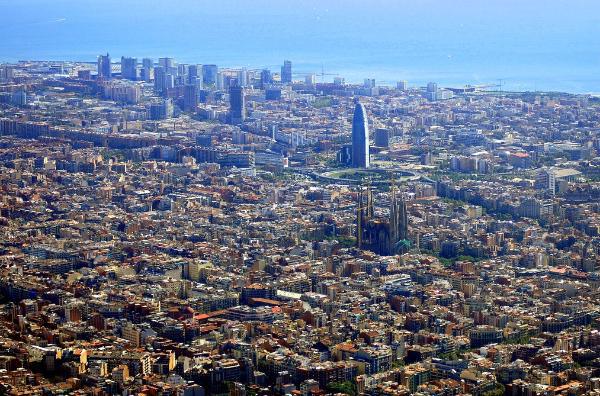
presence is unquestionable and it has positioned itself as an urban destination of the first order. This state of affairs is due to a long process of evolution of tourism activities. However, the novelty derives from intensified tourism in the city in the last 20 years, and with this, the costs/benefits of this activity.
It is undeniable that Barcelona has gone from being a city with tourism to being a tourist city, and as such, must now manage this activity in a balanced and sustainable way. In recent months, the relationship between tourists and residents has led to conflict and the public demands that tourism pressure on their neighbourhoods and business areas be managed in balanced manner. In this dichotomy, public authorities, particularly the City Council, must manage conflicts of interest arising for the space -that of the city- that is multifunctional and demands different and varied use at different times.
Tourism management and coexistence between residents and visitors tends more and more towards a balance in which everyone wins; a "win-win" planned and managed with the overall agreement of all tourism stakeholders, which are many and varied. In this article summarizes, we spell out how we got to the latest situation in tourism in Barcelona, and the scenarios of conflict and the agreements that are emerging for the city to remain a balanced model of tourism success.
The evolution of tourism in the city
Urban tourism worldwide, that is to say, tripsto visit cities, has been a global phenomenon since the beginning of the Grand Tour, and has reached significant levels of popularity from the 80 onwards. This popularization is linked to the increase of tourists worldwide and low cost airlines facilitating weekend travel in Europe. In this context, Barcelona has been well positioned in the collective imagination as an attractive and highly recommended city to visit mostly by the 1992 Olympics. Indeed, urban tourism is one of the fastest growing tourism products in Europe and Barcelona was positioned in fifth place in the "European Cities Marketing ranking" in 2014 in terms of number of travelers staying in hotels (7.5 million). London was the first placed city (28.5 million), second came Paris (15.6 million) followed by Berlin with 11.3 million and Rome, 10.1 million. In this sense, Barcelona is fifth without being capital of a country as the others are. This magnitude explains the major tourist dynamism of the city. Now the question is, what have been the keys to this success? On one hand, viewing the city from the 1992 Olympics, and on the other, the joint strategy between public sector and private sector to move from being a city with tourism to being a tourist city and secondly, the undisputed enhancement of the city cultural heritage, along with the diversification of supply of tourism products.







